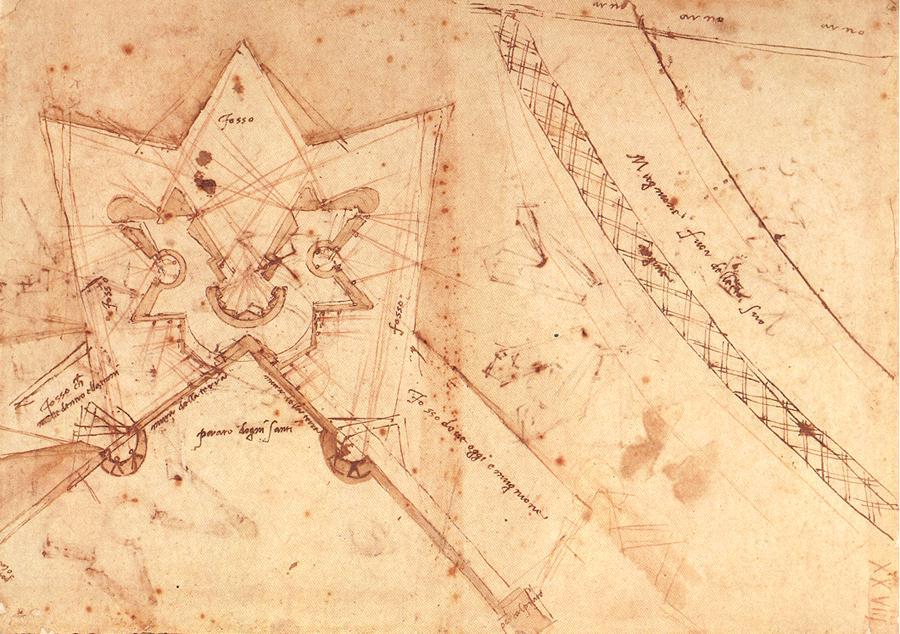The crafting mechanic that came with the Numenera Destiny book is a great addition to the Cypher System, but a bit tricky to grok on first reading. Read on, I’ve got you covered.
UPDATE: In June 2020 Sean K Reynolds wrote an in-depth reply about some aspects of Destiny crafting on Facebook Cypher Group. Some of which directly contradict his replies to me, and make this whole post a bit moot. I still run it as I wrote it here.
This post will not make any sense to you if you’ve never read the crafting rules from the Numenera Destiny Book. To follow along open up to Chapter 7: Crafting (page 117), the Wright character type (page 22) and the Builds Tomorrow focus (page 66).
Crafting Subtasks
Subtasks questions come up most often as it’s not clear how they work on first reading.
“Generally speaking, it’s impossible to apply sustained Effort over periods greater than a day, so Effort cannot be applied to any crafting task or subtask that exceeds 28 hours.”
Reading this bit explains the use of Effort on subtasks quite clearly, but the question remains if one can apply skills and assets on subtasks. This is not stated anywhere in the rules.
The answer is no, you can’t apply skills and assets on subtasks. This was also confirmed to me by Sean and Bruce. Skills and assets are already applied to the crafting task level to bring down the assessed difficulty. If you try to apply them again on subtasks, you will quickly find that most of the lower crafting jobs, of assessed difficulty 4 or less, turn into routine tasks even for a Tier 1 Wright. This is clearly not intended as there is a Tier 4 Expert Crafter ability that allows Wrights to automatically succeed on any crafting tasks of level 4 or lower.
The main design balance of the crafting mechanic is time and materials. The sole purpose of subtasks is to eat these away.
“A failure means the time spent on that crafting roll was wasted, but the character can spend that much time again and then try to succeed at that same subtask. If the crafter fails twice in a row on the same subtask, the character can continue crafting but in addition to losing another interval of crafting time, 1 unit of iotum (of the highest- level iotum being used) is destroyed in a mishap and must be replaced before crafting can continue.”
So yes, that level 6 subtasks will be a huge waste of time and materials for a low Tier Wright, but due to special abilities, higher Tier Wrights will rarely need to attempt subtasks that high.
Extreme Example
The hardest crafting task in the game is building a level 10 true automaton or a level 10 true biological 1, with the assessed difficulty of 14. Remember that the task is deemed impossible if the assessed difficulty is bigger than 10.
“If the assessed difficulty for a crafting task would remain above 10 even after all modifications have been applied, then the installation or object cannot be crafted, at least not until some other help is applied to reduce the difficulty.”
Starting from 14 we can bring it down to the realm of possible by applying two skills and two assets. At assessed level 10 the task is “possible” but you will quickly notice that subtasks 7, 8, 9 and 10 can’t be rolled on a d20 die, so we need something more, and that can’t be Effort as the time between subtasks will be larger than 28 hours in this case.
At Tier 3 Wrights get special abilities that lower the assessed difficulty even further. Adept Builder, Faster Builder and at last Rapid Builder at Tier 6 will bring down the assessed difficulty to 7. With one level missing, we need to turn to the Builds Tomorrow focus and its Tier 4 power Fast Builder (not the same as Faster Builder) that allows that one last level drop to 6 subtasks, each of them taking about 10 days to finish.
The hardest crafting task in the game can only be done by the highly specialized Tier 6 Wright who Builds Tomorrow. This is a good game design balance if you ask me.
Plans
One problem with the plans I found is that players new to either the campaign or the setting, don’t really have a good idea what kind of plans they will need at the start of the game. Depending on the focus and abilities they chose, a Wright character might start the game with up to 7 plans!
Because I realized this too late in my first game that featured a Wright, I opted to leave the plans blank, until the player decided to craft something she needed. An even etter solution would be to tie these plan selections to her character background. So if she was working on vehicles in her past she will have one or two vehicle plans and several artifact and cypher plans useful for vehicles. If she has a background in civil engineering she might have an installation plan or two and artifact and cypher plans that are useful to communities.
Numenera Crafting Skill
Wrights will usually get specialized in numenera crafting as soon as Tier 1. For a player that wants to focus on a crafting gameplay that means she will be out of useful skill choices in her advancement path essentially from the start of the game.
One solution might be to break apart the numenera crafting skill into a subset of skills in which she can train and specialize further. One way to break them up is according to numenera type:
- Craft Cyphers
- Craft Artifacts
- Craft Vehicles
- Craft Installations
- Craft Limited Automatons
- Craft Otherspace 1
- Craft True Automatons
- Craft Biological 1
This way she will have interesting skills to choose throughout the game. Given that the character has only two skill upgrade slots, you might remove the general “Numenera Crafting” skill altogether, or allow it only at the “trained” level, and have a player choose a more specific crafting skill for becoming specialized.
-
Otherspace and Biologicals are from Building Tomorrow book. ↩ ↩2 ↩3


Comments